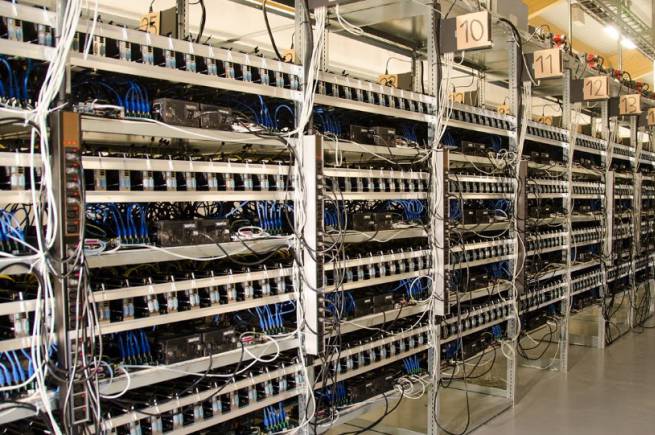Vertcoin has been experiencing ongoing 51% attacks, reportedly resulting in $100K of double spending on the network.
Rough Couple of Months for Vertcoin
In a detailed blog post, Coinbase security engineer Mark Nesbitt revealed that Vertcoin’s network went through repeated 51% attacks, with the largest reorganization having a length of 310 blocks and a depth of 307 blocks which, according to the specialist, may have caused double spends upwards of $100,000.
The incidents started in October and happened on four different occasions, the last of which was supposedly ongoing at the time of publishing the blog post – December 2nd.
According to Nesbitt, the last incident was comprised of four reorganizations, all of which resulted in double-spend transactions.

It’s worth noting that Vertcoin’s mining algorithm is deliberately geared against ASIC and ASIC-like devices by making them particularly inefficient. Instead, mining on the network is designed to be achieved solely through commonly available graphics cards. This is supposedly an attempt to hedge against mining centralization.
Nesbitt argues, though, that this is largely counterproductive to the network’s security because it enables anyone in the world who’s using graphics cards to attack the coin as opposed to networks mined with ASICs (e.g. Bitcoin) where only ASIC users can attack the coin.
The Importance of Network Strength
This year has seen a rise in 51% percent attacks against cryptocurrencies such as Verge, Bitcoin Gold, and ZenCash, to name a few. Some projects have already taken steps to prevent this kind of incidents in the future. Bitcoin Gold’s team revealed that it plans a hard fork as a solution to prevent 51% attacks.
A 51% attack takes place when an individual or a group of individuals control more than 50% of the network’s mining hash rate or computing power.

Bitcoin’s network is by far the most secure blockchain today. Mining bitcoin is designed to be particularly energy intensive. The computational power needed to generate new blocks requires a great deal of electricity to power up the specialized mining hardware.
Simply put, attacking the network is a lot more expensive than to defend it.
Tracking site Crypto51 measures the theoretical cost of 51% attacks on each network. According to it, sustaining such an attack against Vertcoin would only cost $125 per hour, while attacking the Bitcoin network would cost $255,744 per hour.
What do you think of the latest 51% attacks on Vertcoin? Don’t hesitate to let us know in the comments below!
Images courtesy of Shutterstock










